Regional Air Travel Growth
The resurgence of regional air travel is a pivotal driver for the Commercial Aircraft Propeller Systems Market. As more regions invest in regional connectivity, the demand for smaller, more efficient aircraft equipped with propeller systems is on the rise. This trend is particularly evident in emerging markets, where increased disposable income and urbanization are fueling air travel demand. Data suggests that regional air traffic is expected to grow by approximately 4.5% annually, leading to a corresponding increase in the need for advanced propeller systems. This growth presents opportunities for manufacturers to innovate and cater to the specific needs of regional airlines, thereby enhancing their market presence.
Sustainability Focus in Aviation
The emphasis on sustainability within the aviation sector is significantly influencing the Commercial Aircraft Propeller Systems Market. Airlines and manufacturers are increasingly prioritizing eco-friendly technologies to reduce carbon emissions and enhance fuel efficiency. The adoption of sustainable aviation fuels (SAFs) is becoming more prevalent, and propeller systems are being designed to optimize performance with these fuels. This shift is expected to drive the market, as stakeholders seek to comply with stringent environmental regulations. Recent studies indicate that the demand for sustainable aviation solutions could lead to a market expansion of around 6% annually. This focus on sustainability not only addresses regulatory pressures but also aligns with consumer preferences for greener travel options.
Increased Demand for Fuel Efficiency
The quest for fuel efficiency is a critical driver in the Commercial Aircraft Propeller Systems Market. Airlines are under constant pressure to reduce operational costs, and fuel represents a significant portion of these expenses. As a result, there is a growing demand for propeller systems that offer enhanced fuel efficiency. Innovations in design and materials are enabling manufacturers to produce propellers that not only improve aerodynamic performance but also reduce fuel consumption. Recent market analyses indicate that the fuel-efficient propeller systems segment is projected to witness a growth rate of around 5.5% over the next few years. This trend underscores the importance of fuel efficiency in shaping the future of the aviation industry.
Regulatory Compliance and Safety Standards
The Commercial Aircraft Propeller Systems Market is increasingly influenced by stringent regulatory compliance and safety standards. Regulatory bodies are continuously updating safety protocols to ensure the reliability and performance of aircraft systems. This has led to a heightened focus on the development of propeller systems that meet or exceed these standards. Manufacturers are investing in research and development to create systems that not only comply with regulations but also enhance overall safety. The market is expected to grow as airlines prioritize safety in their operations, with projections indicating a potential growth rate of 4% annually. This focus on compliance and safety is essential for maintaining consumer trust and operational integrity in the aviation sector.
Technological Advancements in Propeller Systems
The Commercial Aircraft Propeller Systems Market is experiencing a notable transformation due to rapid technological advancements. Innovations in materials, such as composite materials, are enhancing the performance and efficiency of propeller systems. These advancements are not only improving fuel efficiency but also reducing maintenance costs. The integration of advanced aerodynamics and noise reduction technologies is further propelling the market forward. According to recent data, the market for advanced propeller systems is projected to grow at a compound annual growth rate of approximately 5.2% over the next five years. This growth is indicative of the industry's shift towards more efficient and environmentally friendly solutions, which are becoming increasingly essential in the aviation sector.
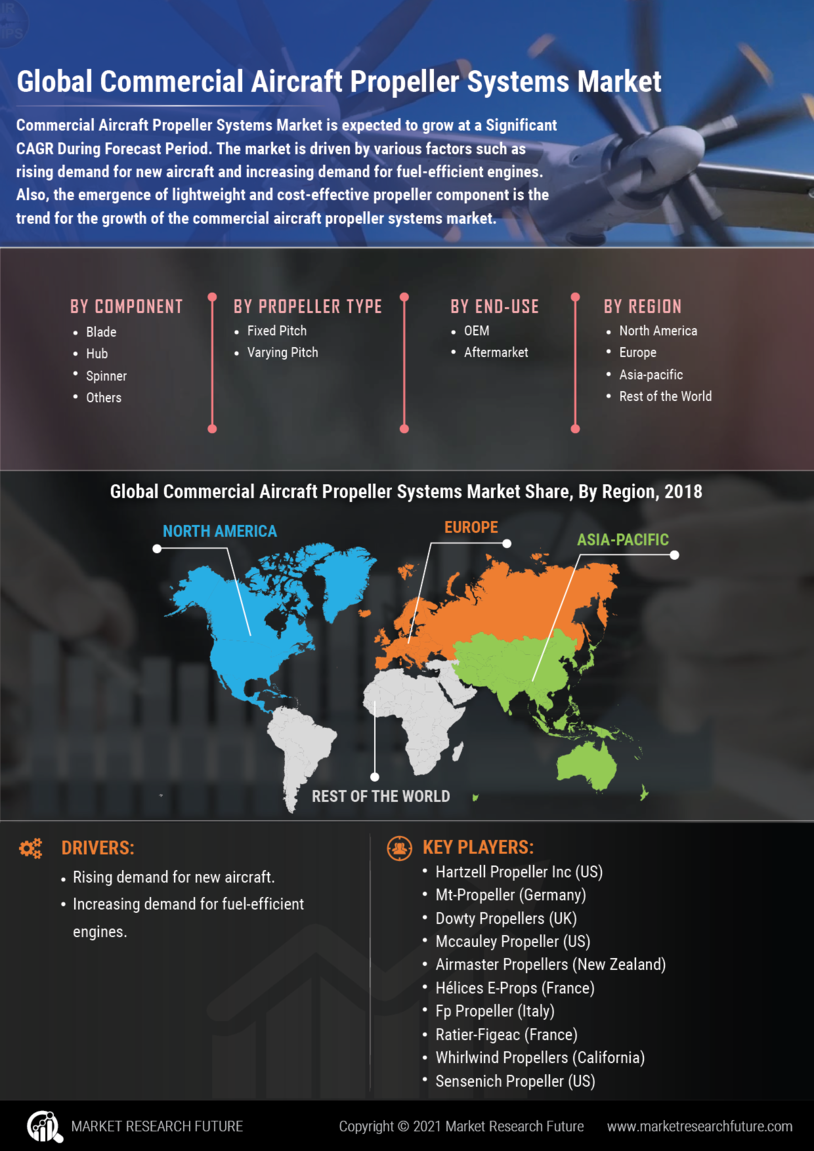


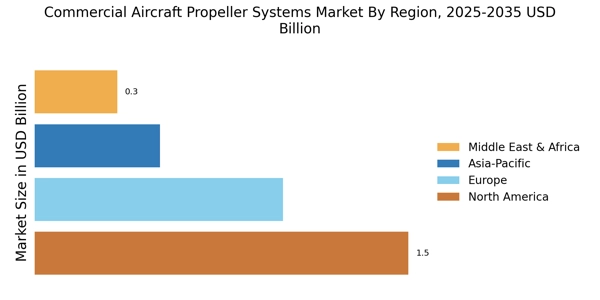

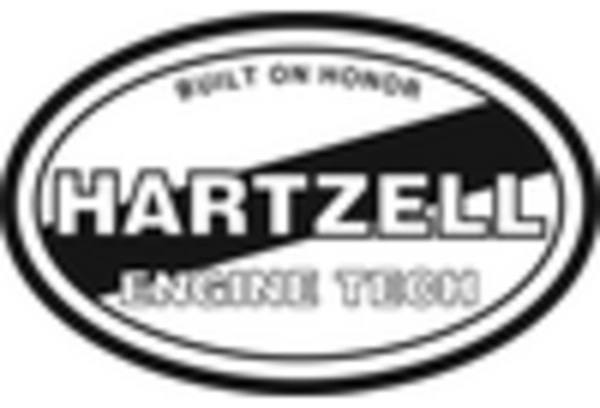
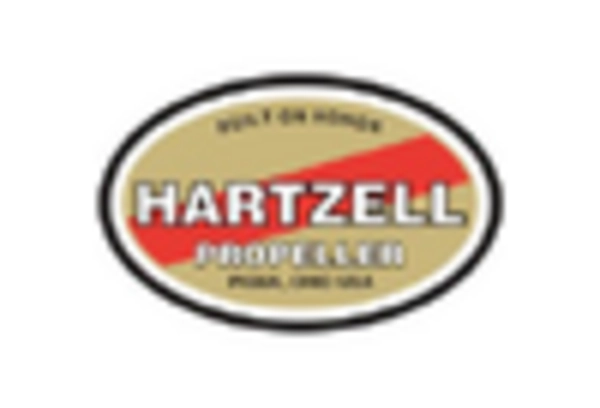

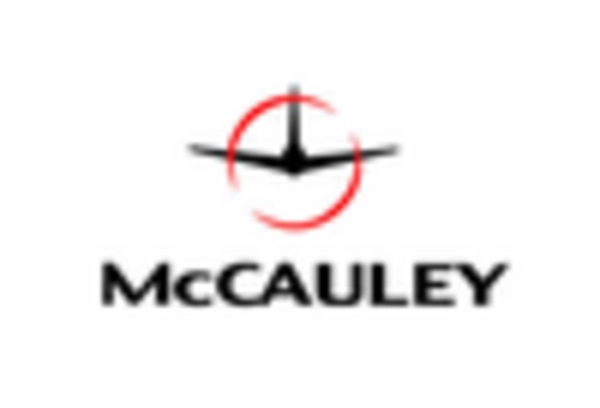
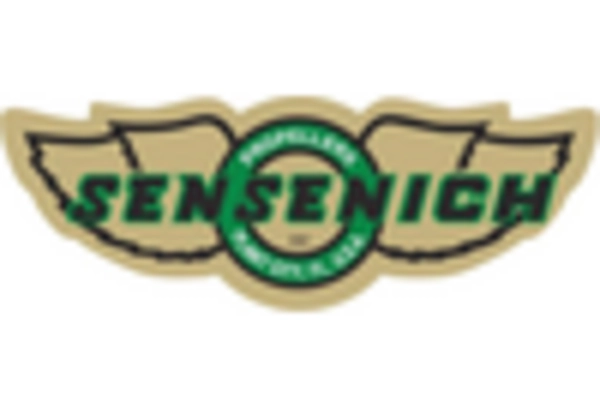








Leave a Comment